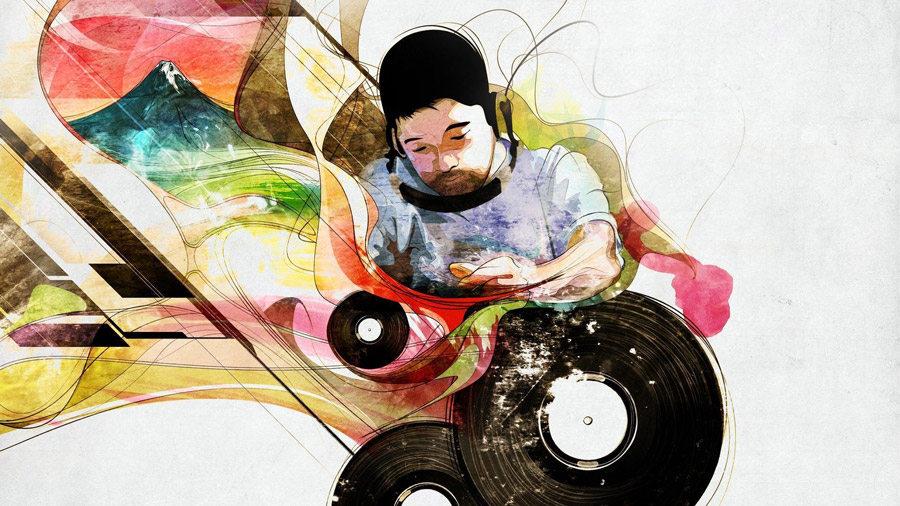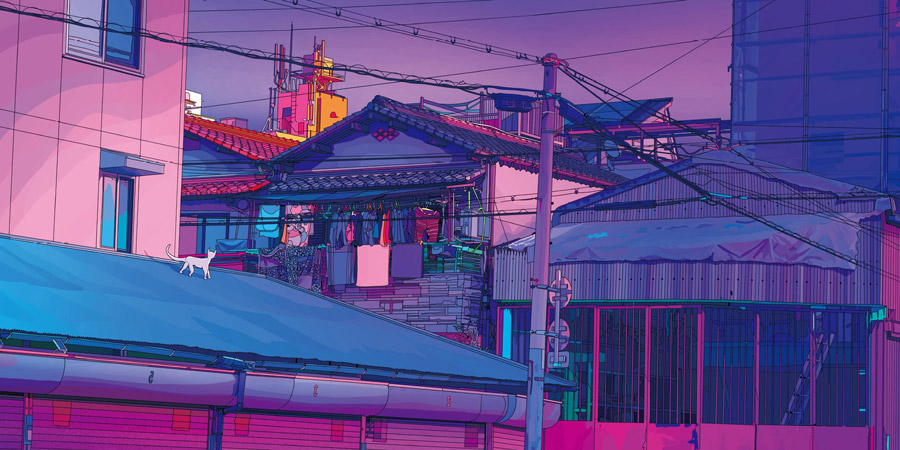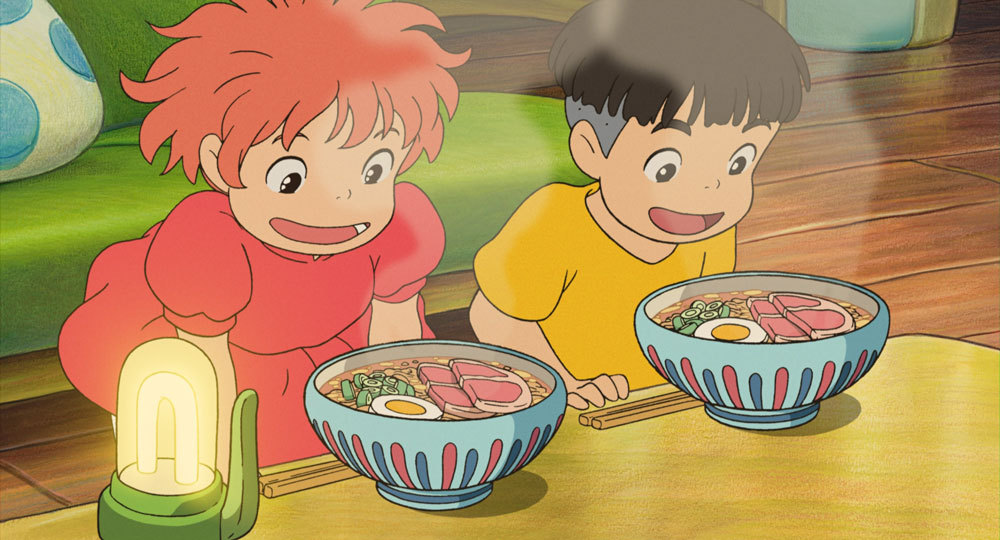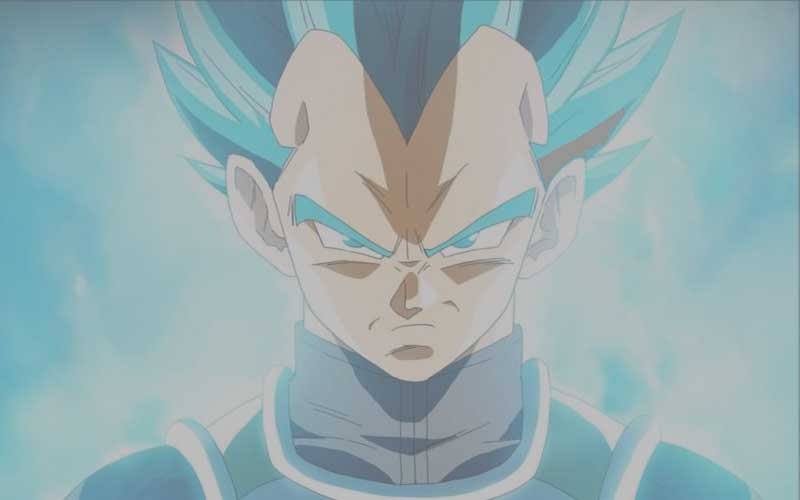As early as the mid-1800s, amidst growing Westernization in the East, Japanese musicians have been eager to try their hand at the wide array of foreign music genres newly introduced to the country. From jazz to rock and even salsa, these musicians have become wholly familiar with the sounds of the West. However, despite their efforts, very few Japanese music artists have gained recognition in the West, especially in the biggest music market in the world — the U.S.A. This is closely related to the fact that often, Western listeners perceive these Japanese artists to be mere imitators, able to execute the technique but not express the soul:
“While Japanese guitar gurus could match and outstrip their Western counterparts, it often seemed that their technicality masked a dearth of true passion. Somehow, it seemed that the Japanese had been able to emulate and expand the heavy metal formula, but somehow failed to get the gut instinct and individuality that was the very heart and soul of it … the East remains an enigma.”
Sharpe-Young in Metal: The Definitive Guide (2007)
This perception of “Other-ness” has resulted in a disadvantage for Japanese artists, especially since they also have to face language barriers and cultural differences. In vocal genres such as rock or rap, foreign musicians have to choose between alienating their English-speaking audience or performing in an unfamiliar language. As such, for a genre like hip-hop that largely relies on beats more than words, it seems that Japanese DJs have a greater chance of letting their music be heard.
With that, let us discuss the two ways in which Japanese hip-hop DJs differentiate themselves in the Western music scene.
Uniqueness: Introducing Traditional Sounds
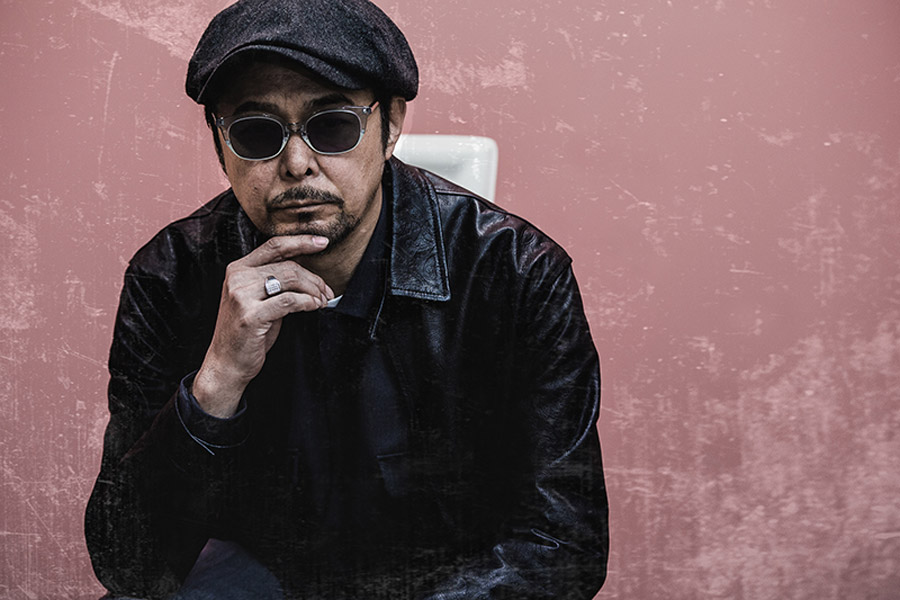
DJ Krush, born Ishi Hideaki in 1962, is known today as one of the pioneers of hip-hop in Japan. Inspired by the movie Wild Style (1983), he began his career by performing in Yoyōgi Park on Sundays. He also formed a group with DJ Muro and other artists in 1987, dubbed the Krush Posse. Eventually, he went on to become a solo artist and gained popularity because of his use of the turntable as a live instrument on stage. Since then, he garnered international recognition and went on to become one of the most well-known DJs from Japan.
Early in his international career, DJ Krush said that he was too “embarrassed” to incorporate traditional Japanese elements into his music — “We listened to Westernized music, like kayōkyoku and anime songs. If I had featured traditional Japanese music in my tracks – just because I’m Japanese – I would have felt that I was lying to myself.”
This changed when he collaborated with C.L. Smooth, an African-American rapper. For their track “Only the Strong Survive”, he felt that the track was missing something. It turned out that the missing something was the sound of the shakuhachi, a traditional Japanese instrument, which perfectly matched the voice of C.L. Smooth. Since then, SJ Krush took his time to learn more about the traditional music of his home country, before integrating them into his own work.
With that, he was able to release three more albums heavily influenced by Japanese aesthetics and sounds. Besides the instruments used, DJ Krush also integrated the principles of traditional music into his work. Non-matching loop lengths and juxtaposing pitches — creating differences in the time and tune of his pieces — are the imperfections that occur naturally when making music.
This is the Japanese sense of ma — a pause in time, an interval or emptiness in space. DJ Krush sought these imperfections out and made them part of the final track. For him, this is what differentiates him as a Japanese musician.
Assimilation: Mix n’ Matching Sounds

Largely different from DJ Krush’s technique, DJ Kentarō seeks originality and embraces eclecticism in his music. In 2002, DJ Kentarō won the DMC DJ World Championship — the first person from Asia to do so. With his awestruck performance that clearly showed his skill and practice, he received the highest score ever recorded in the history of the DMC DJ World Championship.
The key factor that differentiates DJ Kentarō from the rest of the other Japanese Hip-Hop DJs is the wide variety of music that he used in his performances. With his motto being “No wall between the music”, DJ Kentarō incorporates everything from house to reggae to rock in his music. He says that his style stems from the origins of hip-hop when it was a sample-based mix of music:
“Hip-hop originated as a free kind of music, where you could freely sample all sorts of music – rock guitar, soul, electronica. I want to make music with that kind of attitude, combining drum ‘n’ bass, reggae, hip-hop, R&B, soul, etc., through my own filter to make something original.”

Ozaki Tomohiko, Director of the Japan DMC branch since 1996, has definitely seen it all when it comes to the Japanese music scene. He is definitely an authority when it comes to understanding the Japanese hip-hop culture. When it comes to DJ Kentarō’s unique compositions, Ozaki believes that the musician was able to represent Japanese-ness well:
“Japan can bring in many musics, absorb the best parts of them, mix them well, and put them out as new products. [Kentarō’s performance] showed that you can take the basic elements of a drum kick and a hi-hat to make any sort of rhythm – hip-hop, reggae, drum ‘n’ bass, or house. Kentarō showed the relationships among the musics. I was really glad that he was able to claim the championship with this very Japanese approach.”
Shing02 and Nujabes created fan favourites such as the 12-inch “Luv(sic)” series, music for the Adult Swim anime success series Samurai Champloo (Shing02 raps on the hero’s theme “Battlecry”), and Nujabes’ legendary 2005 album, Modal Soul. Shing02 had participated in the Bay Area indie rap scene before meeting Nujabes. He recalls finding hip-hop as a self-described “art kid” when his family relocated to California.
Nujabes emailed Shing02 in 2000 with a record proposal. The former ran a record store and a label, Hyde Out Productions, in Tokyo’s Shibuya neighbourhood.
Throughout his musical career, Nujabes took much of what was happening in Tokyo to the underground hip-hop cultures of the United States and the United Kingdom through collaborations with American British musicians. Sadly, Nujabes was tragically killed in a traffic accident in Tokyo on February 26, 2010. His legacy, though, continues to this day.
Today, Shing02 and Nujabes are household names. As collaborators, the two created a sound that pioneered and influenced the viral “chillhop” movement and popular YouTube channels such as Lofi girl and chillhop radio – beats to relax/study to.”
Conclusion

Even amidst the strong globalization happening in the world today, it is still difficult for foreign artists to break through the mainstream music market. While the Korean hallyu wave is making great progress in representing Asian music in the West, and while different Japanese media has become widely accepted and loved, Japanese musicians still have to face an uphill battle to achieve success on the opposite side of the world.
By embracing their homeland’s rich cultural background, Japanese Hip-Hop DJs like DJ Krush were able to utilize the foreign sounds of Japan to appeal to Western audiences. On the other hand, musicians like DJ Kentarō embraced various genres, fighting the imitator perception by assimilating different sounds to create something original and create something wholly his own.
Despite their largely different strategies, there exists common anxiety among these artists — a struggle to balance between what is expected of them as foreign artists, what their audience wants to hear, and what they themselves believe in.




































